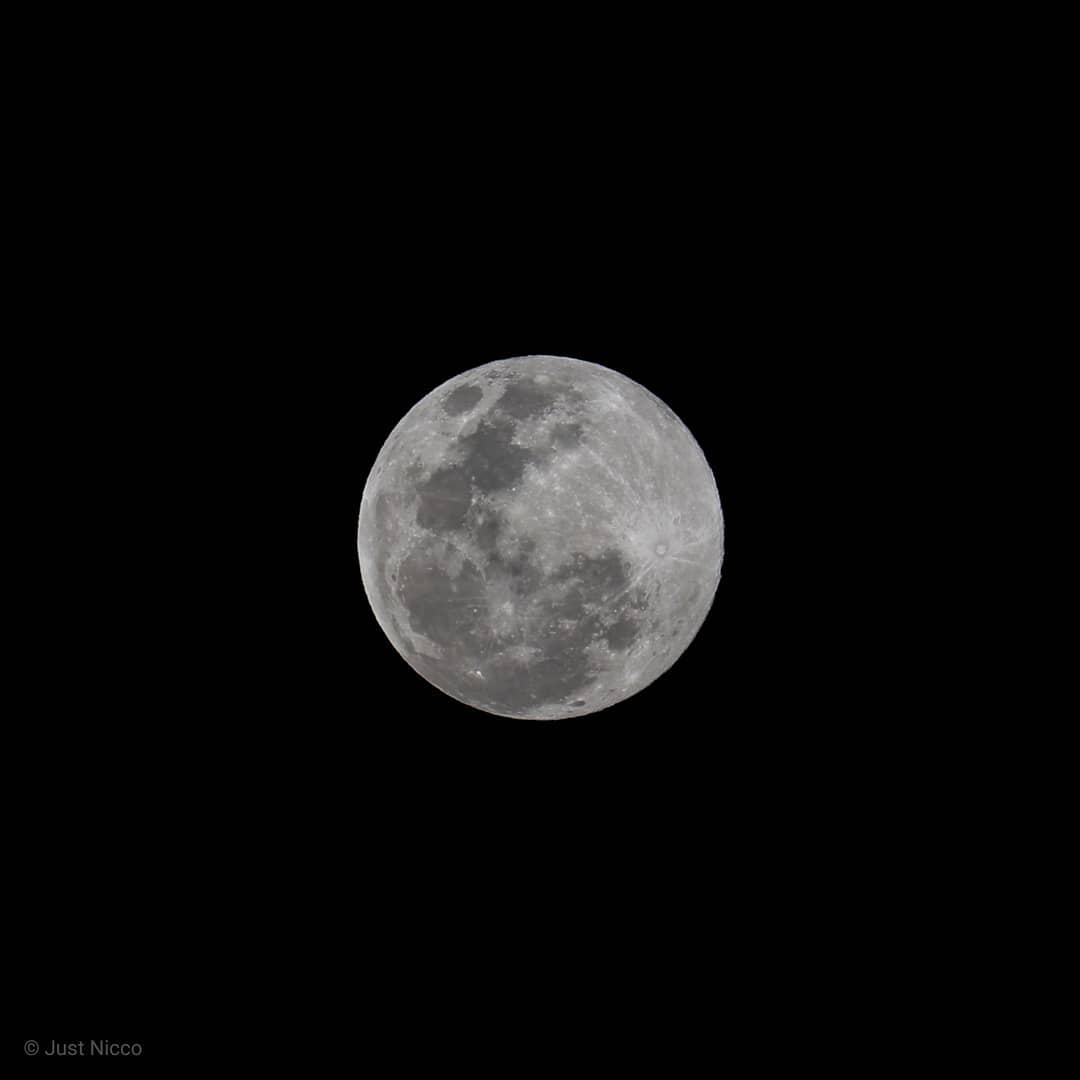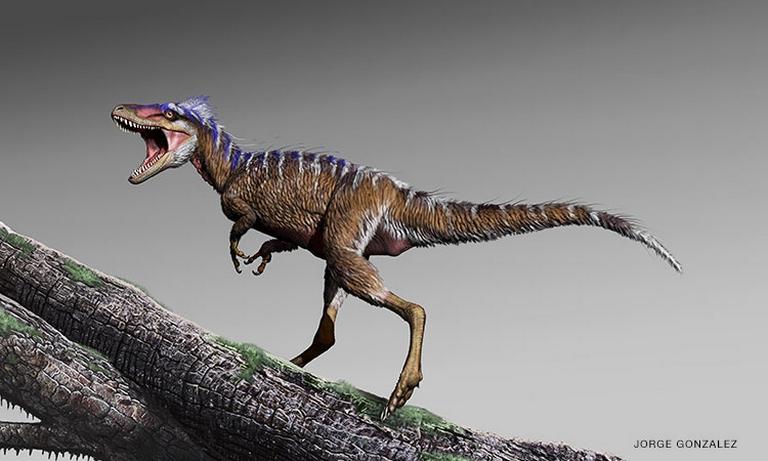
ICYMI: Science and technology updates from February 17 to February 23, 2019.
STEM Education graduate-scholars to gather at 5th national conference
The 5th National Research Conference in Science and Mathematics Education will gather present and soon-to-be STEM teachers who are scholars of the Department of Science and Technology – Science Education Institute (DOST-SEI) under the Capacity Building Program in Science and Mathematics Education (CBPSME). Set to take place at the Oriental Hotel in Legazpi City from February 28 to March 1, the event will bear the theme “STEM Towards Education 4.0.” The two-day conference is expected to have around 350 attendees. This year, the annual conference will focus on highlighting STEM education in the Philippines and ensuring that it can meet the challenges of the Fourth Industrial Revolution. Read the full story.
PHL-Microsat officially renamed to STAMINA4Space
The Development of Philippine Scientific Earth Observation Microsatellite (PHL-Microsat) Program has been officially succeeded by the Space Technology and Applications Mastery, Innovation and Advancement (STAMINA4Space) Program. According to the official press release, the STAMINA4Space Program “focuses on further development of local expertise in Space Technology and Applications (STA) to spur the development of high-value industries in the country, and to address our manifold needs in scientific earth observation for disaster risk reduction and management, resource assessment, environmental monitoring and other applications.”
What’s in a logo? In the making of ours, we kept in mind the main things we want to be reminded about.
***
The Space…
Posted by PHL-Microsat on Thursday, February 21, 2019
As the country’s primary R&D program for space technology and small satellites, PHL-Microsat developed, launched, and operates two microsatellites (Diwata-1 and Diwata-2), as well as the nanosatellite Maya-1.
Newly signed law enables PH mobile users to retain old numbers
President Rodrigo Duterte recently signed the Mobile Number Portability Act. Filed in 2016 by Sen. Sherwin Gatchalian, the law will allow mobile users to keep and use their old numbers, even after changing their smartphone plan or switching to a different provider. Read the full story.
“Super snow moon” stuns stargazers worldwide

The Super Snow Moon, named after the winter season, showcased the Moon at its biggest and brightest this year. Made possible by its proximity to Earth — 356,800 km (221,700 miles), confirmed by astronomers to be the closest distance between the satellite’s orbit and our planet in 2019 — the Super Snow Moon was visible on February 19, past 7 PM. The Super Snow Moon completed this year’s “supermoon trifecta,” following January 21’s Super Wolf Blood Moon. Read the full story.
We may have been wrong about Earth’s atmosphere for decades
Thanks to newly unearthed data from over two decades ago, scientists have discovered that Earth’s atmosphere actually extends far beyond the Karman line (100 km) — far beyond the Moon, in fact. Called the geocorona, this region is said to extend up to around 630,000 km (391,000 mi) from our planet. This means two things: that the Moon is actually still within Earth’s atmosphere, and that no human has ever been outside the planet’s atmospheric boundaries before. Read the full story.
Towering T. rex‘s early ancestor was a small, speedy fellow

A newly discovered ancestor of Tyrannosaurus rex reveals that the most famous dinosaur in pop culture didn’t start out as a towering tyrant. Moros intrepidus (“harbinger of doom”) lived in the early Cretaceous era, around 96 million years ago. Growing up to 4 feet in height, the tiny tyrannosaur possessed certain physical characteristics that allowed its descendants to not just survive, but also eventually dominate the harsh Mesozoic landscape. Read the full story.
Japan’s Hayabusa 2 spacecraft lands on asteroid 310 million km away
Japan’s Hayabusa 2 spacecraft has successfully landed on the surface of the Ryugu asteroid, approximatedly 310 million km from Earth. Launched in December 2014, Hayabusa 2 was designed to collect 0.1 gram of material to send back to Earth by late 2020. Space scientists are hoping that this will shed new light on how life on our planet began. Read the full story.
World’s largest bee species sighted for the first time in decades

Thought to have been extinct since 1981, Wallace’s giant bee (Megachile pluto) was once again spotted in the wild. This humongous resin bee resides in Indonesian rainforests, and is distinguishable by its huge jaws and the white band on its abdomen. Females of the species have a 6-centimeter wingspan (about the size of a chicken’s egg). Read the full story.
Cover photo: Getty






